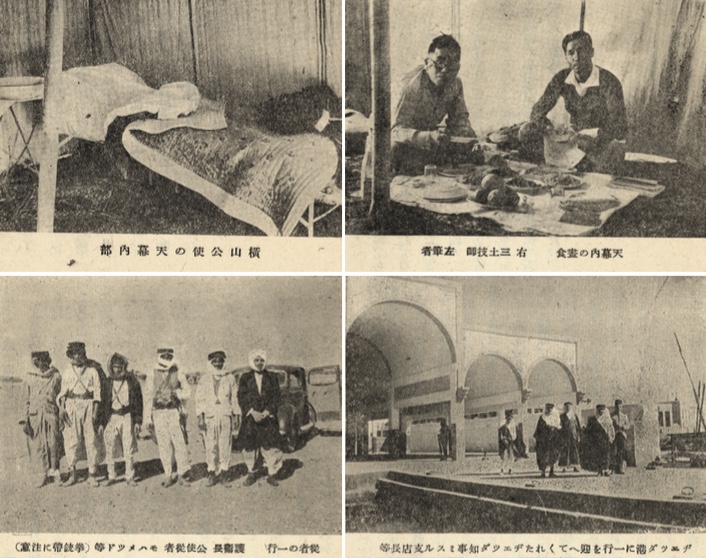
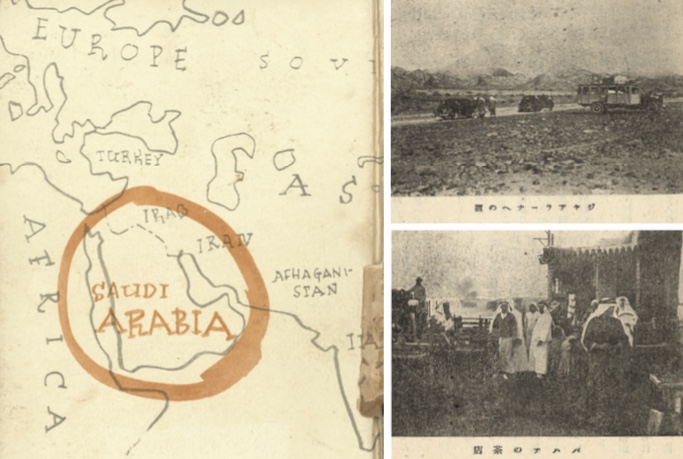
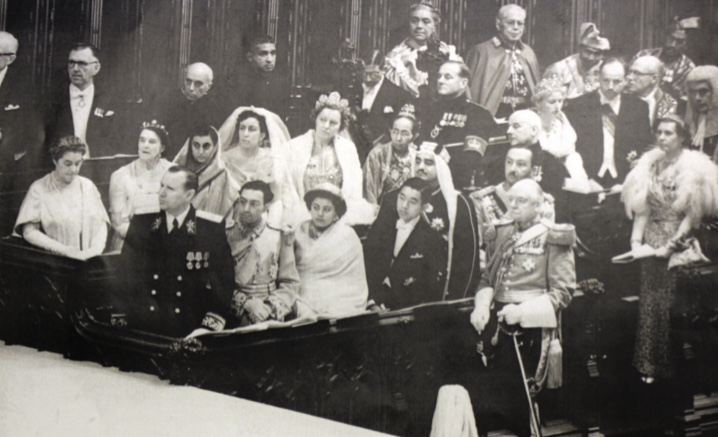
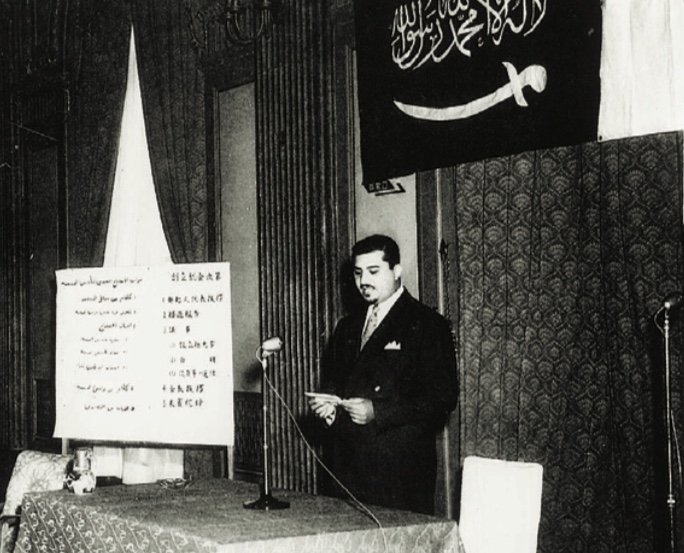
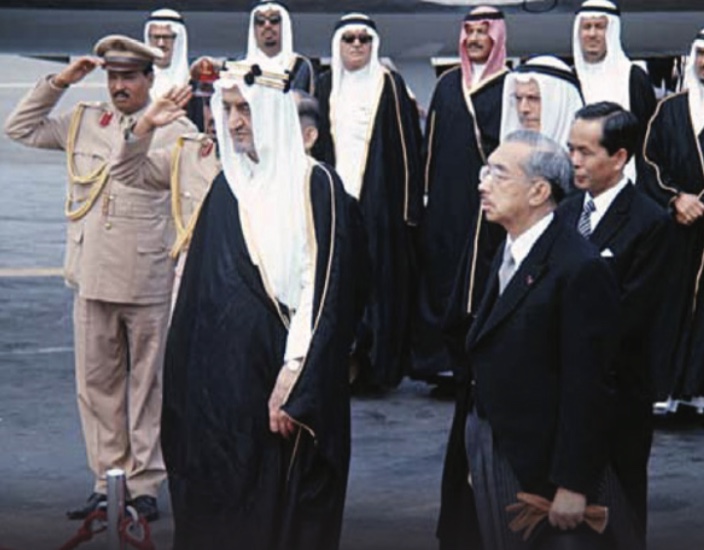
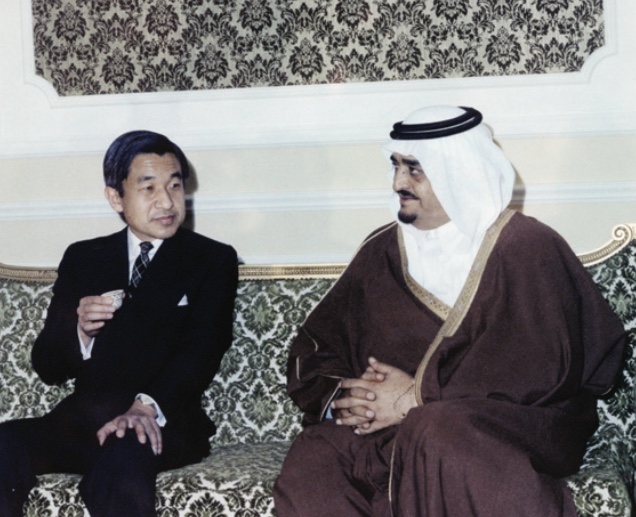
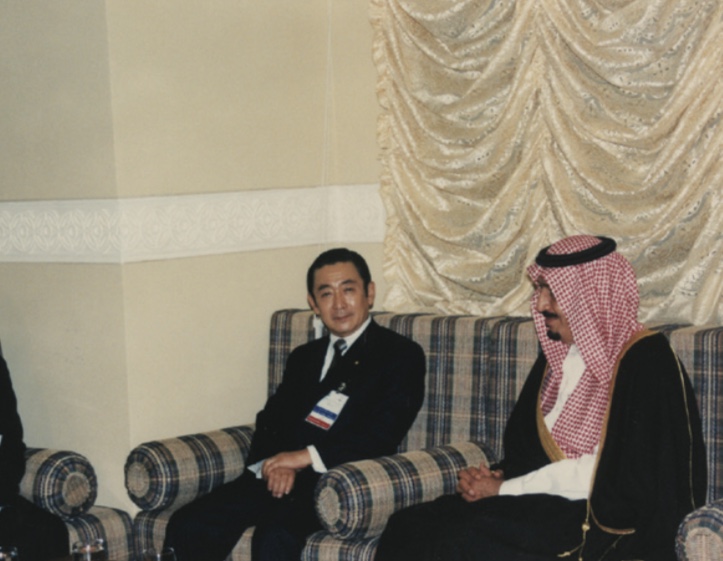
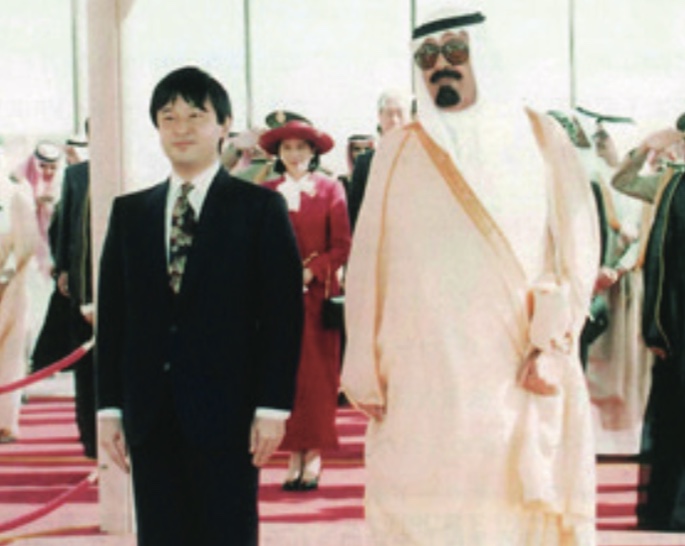
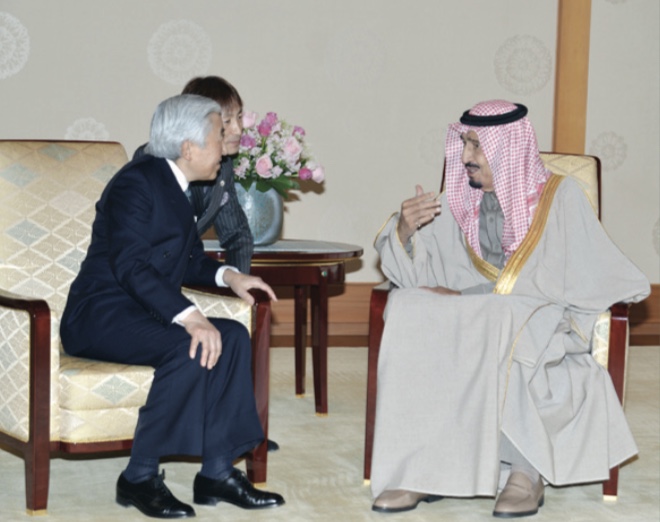
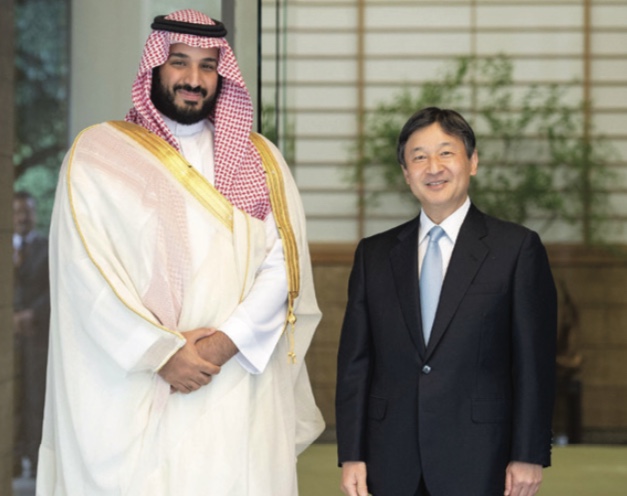
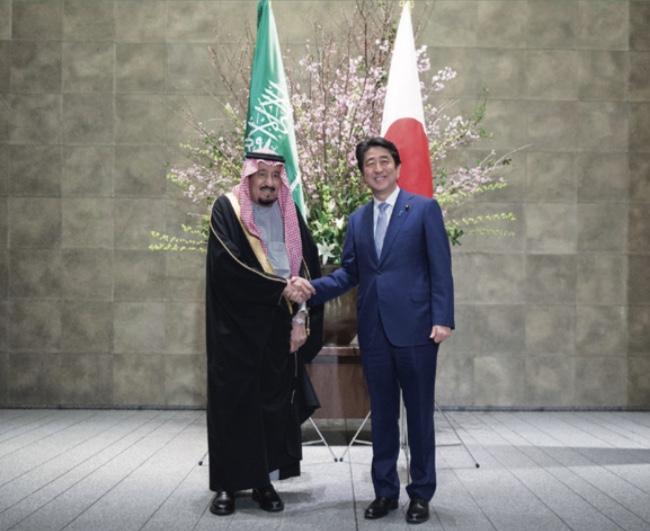











Lojien Ben Gassem Riyadh
The history of Saudi-Japan relations can be traced to a Hajj pilgrimage undertaken by Yamaoka Kotaro in 1909. The Japanese pilgrim was the first to document his visit to the Arabian Peninsula.
Kotaro, who named himself Omar, left from Japan to perform the Hajj with pilgrims from Mongolia. He was the first Japanese pilgrim to reach Makkah.
The second Japanese to perform the Hajj was Tanaka Ipei, also known as Hajj Noor Tanaka Ipei. He visited the Arabian Peninsula in 1924 and again in 1933.
Ipei, who was one of the pioneers of Islamic studies in Japan, published a book about his journey in 1925 called “Junrei Haku Un-Yuki Isramu.”
He wrote at length about his desire to strengthen relations between Japan and the Arabian Peninsula.
Two of Ipei’s students, Inoumoto Momotaru and Takeshi Sozuki, accompanied him on the Hajj. Both of them later wrote books about their journey.
In 1943 Sozuki published his book, “Pilgrimage to the Place of Seichi Makkah Junrei.” This was published in Arabic by the King Abdul Aziz Public Library in 1999.
The book described his meeting with King Abdul Aziz in Makkah and how he admired the king’s personality.
When Sozuki met the king he was overwhelmed — and cried as he shook his hand. He stood by the king’s side while the king shook hands with the rest of the guests and expressed his appreciation to Muslims who had come from the farthest reaches of Asia to perform the Hajj.
“Abdul Aziz is an invincible man, and victory is his ally wherever he went,” Sozuki wrote in his book.
“If Ibn Saud did not exist in the world, the Arabian Peninsula would not have been unified until today ... I still remember Ibn Saud with his strong body, frightening stature and strong expression that fills his facial features.”
Sozuki wrote in his book about how Saudi Arabia was important for all Islamic countries, both geographically and religiously.
The Japanese consulate in Port Said in Egypt was tasked with monitoring the situation on the Arabian Peninsula. Interest surged when King Abdul Aziz entered Makkah and joined Madinah, Jeddah and the Hijaz province to Saudi Arabia.
The Japanese consul in Port Said contacted the Japanese Foreign Ministry in Tokyo to spread the news about King Abdul Aziz and his success in unifying the country and launching reforms and development.
In November 1927, Tokitaro Kuroki, the Japanese vice-consul in Port Said, wrote to Yoshikazu Tanaka, the foreign minister, explaining the economic situation on the Arabian Peninsula after King Abdul Aziz had unified Hijaz. “Ibn Saud’s success is completely a dramatic story, and it’s rare to find such rapid progress,” he said.
In 1939 the Japanese government sent the minister plenipotentiary to Saudi Arabia with a delegation that included Ejiro Nakano on what was considered the first official visit. He met King Abdul Aziz and offered to work with the Saudi government to implement an economic agreement.
One of the objectives of the visit was to convince King Abdul Aziz to allow the opening of a Japanese commission in Jeddah to strengthen Saudi-Japanese relations and facilitate the arrival of Japanese pilgrims.
Nakano wrote about his trip and then published a book in 1941 in Tokyo, “The Kingdom of Saudi Arabia.”
In the daily reports of Nakano’s trip, he described meeting King Abdul Aziz with the Japanese minister plenipotentiary in Cairo: “And about the international relations, the king said: We want to have good relations with neighboring and powerful countries in Europe, and we respect Japan as a great country in Southeast Asia.”
When Saudi Arabia announced it was at war with Germany and Japan in 1945, the Kingdom and Japan stopped working on a treaty of friendship and trade. However, the holy cities of Saudi Arabia remained open to Japanese Muslims.
After the end of World War II, Japan’s relations with Saudi Arabia began to develop again, with an increase in Japanese exports to the Kingdom and an influx of Japanese missions to the Kingdom to obtain agents for Japanese exports, as well as coordination with the Saudi Ministry of Finance to facilitate trade.
The first Japanese mission after the war arrived in the Kingdom in 1945, according to a letter from the head of the horticultural department at the Ministry of Agriculture.
The undersecretary of the Ministry of Finance, Assistant for Business, Cities and Urban Projects held a ceremony in Jeddah. The event, attended by high-level Saudi government officials, businessmen, agencies, merchants and diplomats in Jeddah, had a significant impact on Japan’s trade activities with the Kingdom.
Japanese economic activities and ambitions to expand trade in the Kingdom, as well as the need for Saudi markets for Japanese imports and the improvement in Japanese-Saudi relations in 1953, led to royal approval for the continuation of the Ministry of Finance and National Economy in the establishment of trade between the two countries.
The depth of Saudi-Japanese relations is also mirrored in the warmth of the relationship between the two countries’ royal families.
Crown Prince of Japan Akihito met Prince Fahd bin Abdul Aziz during the coronation ceremony of Queen Elizabeth II in London in 1953.
The crown prince of Japan was seated behind Prince Fahd according to the protocol of the English royal palace. Prince Fahd switched places with the crown prince out of respect for Akihito’s status.
The Japanese imperial family valued Prince Fahd’s action and decided in appreciation that Saudi Arabia would be the first country that the Japanese crown prince visited — and this became a tradition for all reigns in Japan.
The story of Saudi-Japanese diplomatic relations began in 1957 when Toseda Yutaka was appointed commissioner in Saudi Arabia. “I have been appointed as a delegate to his Majesty’s Government (King Saud) … a while ago, but the recent incidents in the Middle East have hindered my arrival at that time, and I have been very pleased to come to your country (Saudi Arabia) that has been taking quick steps to progress, which I’ve never thought existed,” Yutaka said.
“I take this opportunity to thank His Majesty King Saud, who has been one of the first countries to support Japan and voted for Japan during the negotiation of accepting Japan as a member in the United Nations,” he said.
The Kingdom took further steps when it opened its embassy in Japan in the same year. Asaad Al-Faqih was appointed ambassador and Saudi commissioner to Japan in 1957.
The Japanese commission in the Kingdom requested permission to open an embassy in Saudi Arabia, and in 1958 Japan opened its embassy in Saudi Arabia.
(All information in this article has been sourced from the King Abdul Aziz Foundation for Research and Archives — Darah)